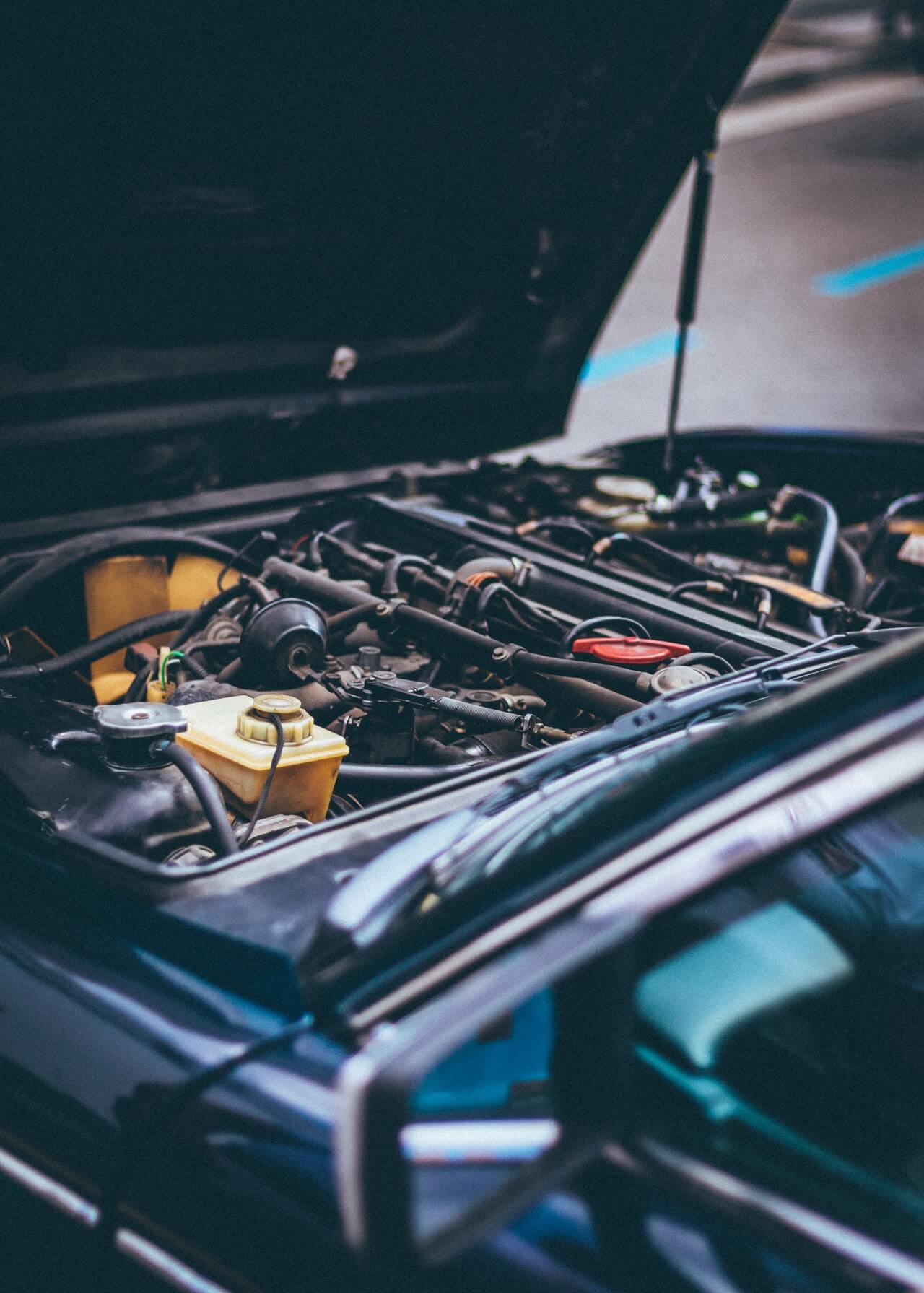What is the Origin and Future for Lead Acid Batteries?
The lead acid battery is a reliable and relatively inexpensive means of storing and delivering electricity. The lead acid battery is considered to be the foundation stone of the modern electrical age, according to the Battery Council International ((Visit the Battery Council)). Lead acid batteries are used almost everywhere there is electricity, including cars, electronic devices and the electrical grid. At the beginning of the 21st century, lead acid batteries remained unchallenged as the most widely used rechargeable battery in the world. Improvements in performance and reductions in cost have been achieved during the 20th century through improvements in manufacturing techniques and materials research. The lead acid battery stands out as an energy storage technology that has enjoyed a steady progression of innovation over many decades with constant improvement in performance. Improvements come from lower raw material cost, higher cell efficiency, and optimized production methods.”
Lead acid batteries were first produced in 1859.
Lead-acid batteries were first produced in 1859. The lead-acid battery is also known as the lead storage battery, due to its ability to store electricity and give it back on demand. It’s a type of rechargeable battery that relies on two electrodes: one positive (the anode) and one negative (the cathode). When you connect these two electrodes with an electrolyte solution, electrons are transferred from one electrode to another through an external circuit—like when you plug your phone into a wall socket.
The inventor of the lead-acid battery was French scientist Gaston Planté. He wanted his invention to be used as an alternative source of power for communication systems like telegraph machines and telephones, but around this time Thomas Edison had already begun manufacturing alkaline batteries for his newly invented light bulbs at his laboratory in Menlo Park, New Jersey
The lead acid battery is a reliable and relatively inexpensive means of storing and delivering electricity.
You may have heard that lead acid batteries are not the most efficient or environmentally friendly way to store electricity. This is true, but the fact remains that they are reliable and relatively inexpensive, making them a good choice for many applications.
All batteries use chemical reactions to store energy, but the way they do so can vary greatly from type to type. In some cases, this means that one kind of battery can’t be used as an alternative for another—in other words, if you want a backup generator for your home’s electrical system then it won’t help much if you swap out your car’s regular gas tank with a big ol’ pile of wet sand (although such an idea does seem like it would make for some interesting news headlines). However with lead acid batteries—as well as other types like lithium-ion and nickel metal hydride—there are ways around these limitations by using different materials in their construction or changing how those materials interact with each other inside the cell itself
The lead acid battery is considered to be the foundation stone of the modern electrical age, according to the Battery Council International.
The lead acid battery is considered to be the foundation stone of the modern electrical age, according to the Battery Council International. It has been used for over 100 years, and it remains the most widely used battery in the world today. The lead acid battery is a reliable and relatively inexpensive means of storing and delivering electricity. This type of rechargeable batteries has many applications such as starting internal combustion engines, powering electric vehicles, providing emergency power backup or as an uninterruptible power supply (UPS).
The lead acid battery is used almost everywhere there is electricity: from cars and boats to medical devices and the electrical grid.
Lead acid batteries are used almost everywhere there is electricity, including cars, electronic devices and the electrical grid.
Lead acid batteries are used almost everywhere there is electricity, including cars, electronic devices and the electrical grid. Cars use lead acid batteries to start an engine and to run car accessories such as headlights and windshield wipers. The electrical grid uses lead acid batteries to store power during off-peak hours when demand is low so that it can be used later during peak periods of high demand. In addition to these uses in transportation and energy storage, lead acid batteries are also used in many other applications such as alarm systems, emergency lighting systems and medical equipment like ventilators.
Lead acid battery technology has been around for more than 200 years!
At the beginning of the 21st century, lead acid batteries remained unchallenged as the most widely used rechargeable battery in the world.
At the beginning of the 21st century, lead acid batteries remained unchallenged as the most widely used rechargeable battery in the world. They are used in cars, electronic devices and the electrical grid. The lead acid battery has been around for more than 100 years and has gone through many phases of development as a result of technological advances.
Improvements in performance and reductions in cost have been achieved during the 20th century through improvements in manufacturing techniques and materials research.
Improvements in performance and reductions in cost have been achieved during the 20th century through improvements in manufacturing techniques and materials research. These include industrialization, mass production, and advances in chemistry.
Technological advancements are essential for the economic viability of lead acid batteries. For example, improvements to manufacturing processes such as automation can help reduce costs by increasing productivity. Additionally, new materials can be researched to increase durability at higher temperatures or improve energy density at low temperatures – both of which would contribute to an overall reduction in price.[10]
The lead acid battery stands out as an energy storage technology that has enjoyed a steady progression of innovation over many decades with constant improvement in performance.
- Improvements in manufacturing techniques and materials research have increased the lifetime of lead acid batteries. The use of high quality electrodes, electrolytes and separators contribute to longer life.
- Lower raw material cost has reduced the cost of lead acid batteries for both stationary and transportation applications. The price reduction has been achieved through improvements in material processing and higher throughputs at production lines worldwide combined with lower energy consumption during manufacturing processes that can be used to reduce costs per unit produced.
- Higher cell efficiency allows an increase in discharge power while maintaining a long cycle life with low self-discharge rates compared to other technologies such as lithium ion (Li-ion) or nickel metal hydride (NiMH).
- Optimized production methods provide opportunities for further reduction in costs by optimizing production processes while keeping high quality standards at the same time – this includes designing new machine tooling systems that are faster than before but also more precise when it comes to producing components without damaging them due to vibrations or excessive heat generated during machining operations! You may even start thinking about automating some parts of those processes given their highly repetitive nature which requires little human intervention except for supervision tasks like inspection after each step done by machines before moving onto another step etcetera…
Improvements come from lower raw material cost, higher cell efficiency, and optimized production methods.
The future of lead acid batteries is bright. Improvements come from lower raw material cost, higher cell efficiency, and optimized production methods.
In recent years, there has been a number of new developments for lead acid batteries for stationary applications such as hybrid-electrical vehicle and micro-hybrid start-stop applications.
In recent years, there has been a number of new developments for lead acid batteries for stationary applications such as hybrid-electrical vehicle and micro-hybrid start-stop applications. The following are examples of these developments:
- Spiral cells (also known as “spiral wound” or “wound conductors”) have been developed, which enable both high energy density and reduced mechanical stresses on the battery. In addition to their use in hybrid vehicles, they are also used in micro-hybrid start stop applications where they may be cycled between 20%–100% depth of discharge (DOD).
- Recessed plates were designed to reduce cell manufacturing costs by removing the need for nickel plating processes which can add significant cost to the manufacturing process. This innovation allows lead acid batteries using recessed plates to maintain their performance characteristics despite having lower active material mass than traditional flat plate designs
Conclusion
The lead acid battery is the most widely used rechargeable battery in the world and has been around for over 150 years. The lead acid battery stands out as an energy storage technology that has enjoyed a steady progression of innovation over many decades with constant improvement in performance. Improvements come from lower raw material cost, higher cell efficiency, and optimized production methods. In recent years, there has been a number of new developments for lead acid batteries for stationary applications such as hybrid-electrical vehicle and micro-hybrid start-stop applications which will extend the future of lead acid batteries.





